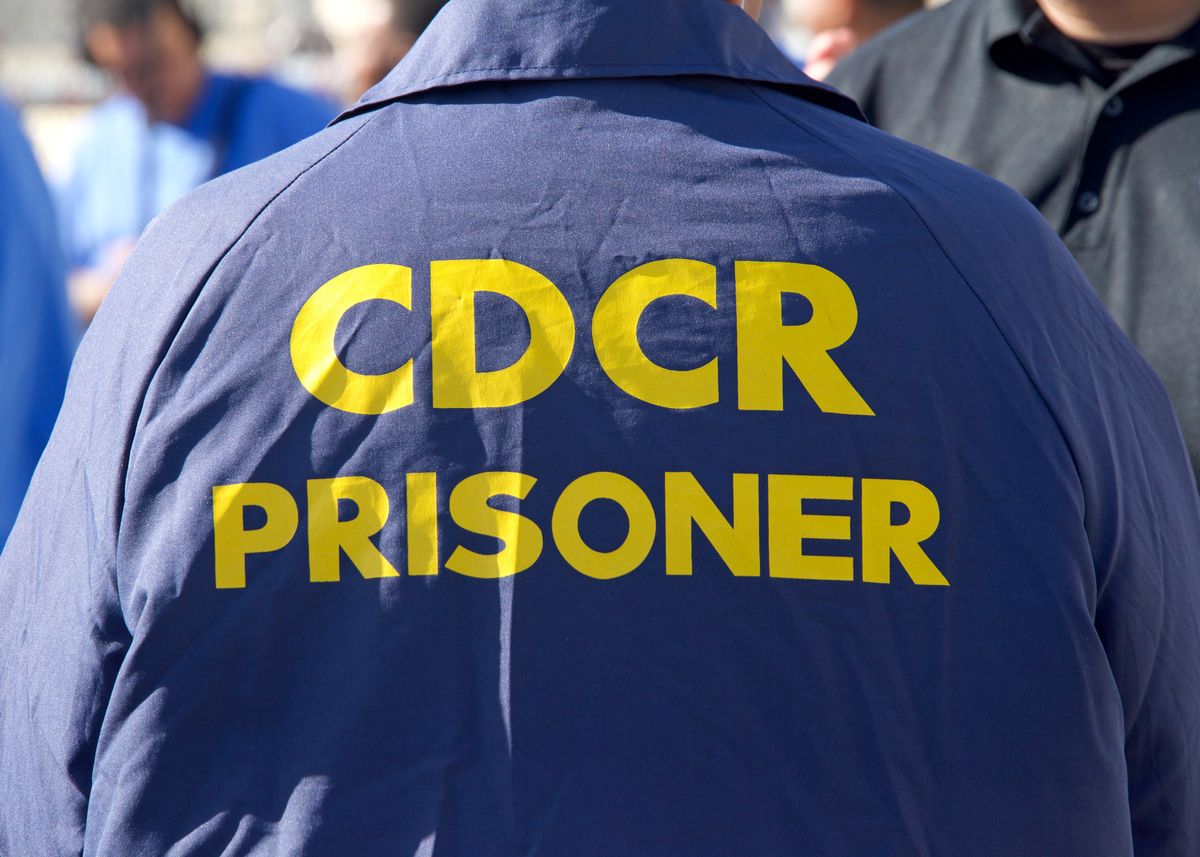Ending CDCR-ICE Punishment System A Priority for California’s Immigrant Rights Advocates

Three days after a discrimination lawsuit was filed on April 27 against the California Department of Corrections and Rehabilitation (CDCR) for its collaboration with Immigration and Customs Enforcement (ICE), the state Assembly passed legislation that could challenge the CDCR-ICE “double punishment” system.
The Harmonizing Our Measures for Equality (HOME) Act, AB 1306, aims to prevent CDCR from transferring people released from prison to ICE, assisting with transfer requests and sharing prison release dates with immigration authorities. The California Senate Public Safety Committee has a HOME Act hearing scheduled for June 27.
With the lawsuit, plaintiffs hope to stop CDCR from aiding and abetting ICE. They also want to keep CDCR from basing prison level security designations, access to rehabilitative programming, opportunities to earn credits that count toward early release and transitional housing allowances on ethnicity, race, color or national origin.
The legal complaint together with the legislation introduced by Assemblymember Wendy Carillo (D-Echo Park) reflect ongoing efforts throughout the state and in the Inland Empire to halt the dual punishment attributed to CDCR acting in concert with ICE. Advocates aim to end differential treatment inside California prisons on the basis of actual or assumed immigration status and to prohibit CDCR from delivering individuals who have already completed their sentences to ICE for additional detention.
The lawsuit – filed by the ACLU and the Asian Law Caucus on behalf of the Asian Prisoner Support Committee, the Root & Rebound organization and two other named plaintiffs – claims “CDCR operates an unlawful secondary immigration enforcement system by systematically identifying people in its custody it suspects of being deportable based on national origin, ethnicity, and other prohibited classifications and referring them to ICE for investigation and removal proceedings."
CDCR was contacted by The Frontline Observer but has not responded to requests for comment.
Choy Pangthong, a Stockton-based plaintiff, spent 22 years incarcerated. While in prison, agents from ICE’s predecessor, Immigration and Naturalization Services, interrogated him.
Despite his US citizenship, Pangthong, whose family immigrated from Thailand, got slapped with a detainer and an “Actual Hold” while incarcerated, which meant he lived with the threat of wrongful deportation during his nearly two decades in prison.
An “Actual Hold” typically results when ICE requests CDCR transfer custody of a person after that individual completes a prison term.
“Just because I was foreign born, that gave them the ammo,” Pangthong said. “They felt like they had the right [then] to place that hold on me.”
An ICE detainer request or “Actual Hold” precludes lower security facility placement. As explained in the lawsuit, that then cuts off access to programming and credit-earning opportunities available to those in minimum security units. A “Potential Hold” similarly denies prisoners access and opportunities otherwise available, but CDCR makes that classification sans ICE involvement based on its own repeatedly mistaken determinations of national origin.
In 2021, CDCR placed a “Potential Hold” – “a concept CDCR created out of whole cloth that has no basis in state or federal law,” according to the suit – on another plaintiff, Roth Chan. Born and raised in California, Chan, who’s currently incarcerated inside the California Central Women’s Facility in Chowchilla, said she received no explanation as to why they placed the hold on her. She submitted a grievance and appealed the hold multiple times, to no avail. As a result of the hold, she couldn’t get a day pass to work outside the prison or a job doing construction or carpentry. The hold also kept her from accessing in-prison programs.
“I was pretty much traumatized,” she said.
Tin Nguyen, now an Orange County-based immigrant justice coordinator at VietRISE and a member of the ICE out of California Coalition, found himself in an ICE van headed to GEO Group’s facility in San Bernardino County after leaving the state prison in Lancaster on parole. Nguyen arrived at the Adelanto ICE Processing Center, where he spent nine months in detention.
These days, he lobbies and advocates an end to discriminatory CDCR-ICE practices.
Nguyen provided testimony at a public safety hearing, lobbying for AB 1306, which so far has no serious opposition.
“[We’re now] strategizing how [we’re] going to approach the local senator in Orange County, to actually have [the senator’s] support to get this bill passed,” he said.
Humberto “Berto” Hernandez works as the deportation defense coordinator for California Immigrant Youth Justice Alliance, serving as a liaison between families and legal providers.
In addition to focusing on community engagement and youth empowerment, Hernandez, a Los Angeles resident whose work is rooted in the IE, conducts “Know Your Rights” presentations and coordinates with organizations, both locally and statewide, to build momentum to shut down detention centers.
Hernandez has worked closely with Sithy Bin, an individual ICE arrested and GEO Group detained immediately following his release from prison.
Community support helped secure Bin’s release from the Mesa Verde ICE Processing Center in Bakersfield, Hernandez said, “but now he's fighting to stay here.”
In 2018, Mario Perez, 36, a long-time resident of Ontario who was detained by ICE and transferred to Adelanto after his DACA status lapsed, now participates in a recently established Resist Surveillance Network. He and others in the network want to dismantle what they term the “triple punishment” system reproduced via CDCR-ICE cooperation and ICE’s Intensive Supervision Appearance program. The latter, Perez explained, involves post-detention digital surveillance that can be indefinite. He was monitored and scrutinized under the ICE program for four years.
Pursuing abolition of punitive “Alternatives to Detention” [ATDs], Perez and fellow organizers co-launched the RSN about a month ago.
“It’s been great to just connect with folks and be able to talk about these experiences – and for [those who] are still enrolled [in ADT programs], for them to at least have folks who support them at their check-ins,” he said.
